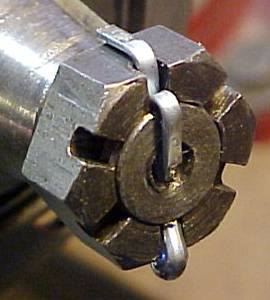Jpbingley
New member
- Apr 29, 2020
- 3
Hello,
I'm looking for high re-use locking anchor nuts, imperial, for an aerospace application. I can't find much nor evidence of high re-use where the locking method is good for many cycles.
Can anyone help?
Cheers.
I'm looking for high re-use locking anchor nuts, imperial, for an aerospace application. I can't find much nor evidence of high re-use where the locking method is good for many cycles.
Can anyone help?
Cheers.

